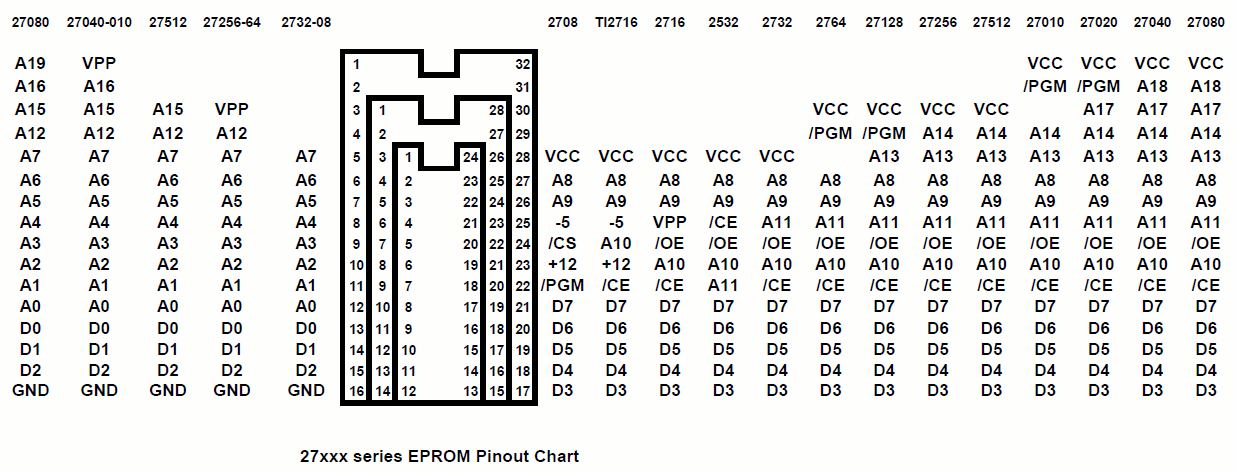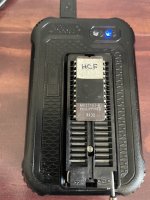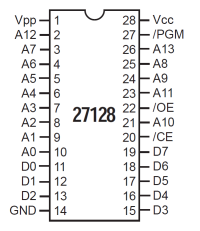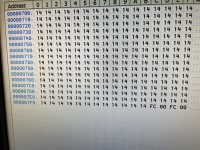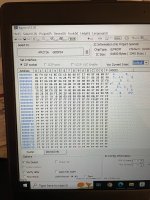fdiskitup
Experienced Member
I'm trying to read and backup several UV erasable 2716 EPROM chips from a late 1970's/early 80's homebrew system.
my objectives are:
1, read the 4 chips on the CPU card to see if there is anything there still. i.e. SWTBUG, MIKBUK, 9BUG, (monitors)
2, archive anything that is on there just in case.
3, plug the chips in and try to boot the system.
Specific part numbers are :
Intel D2716
MOSTEK MK2716J-8
I have been trying to read with my cheap XGecu model T48 (tried various 2716 chip types and manufacturers - nothing reproducible/verifiable).
The only other rom reading device I have is the XTIDE card.
is there something fundamental I'm missing like the timing or voltage, NMOS/CMOS ?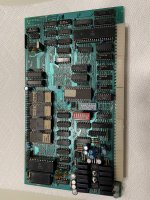
my objectives are:
1, read the 4 chips on the CPU card to see if there is anything there still. i.e. SWTBUG, MIKBUK, 9BUG, (monitors)
2, archive anything that is on there just in case.
3, plug the chips in and try to boot the system.
Specific part numbers are :
Intel D2716
MOSTEK MK2716J-8
I have been trying to read with my cheap XGecu model T48 (tried various 2716 chip types and manufacturers - nothing reproducible/verifiable).
The only other rom reading device I have is the XTIDE card.
is there something fundamental I'm missing like the timing or voltage, NMOS/CMOS ?


